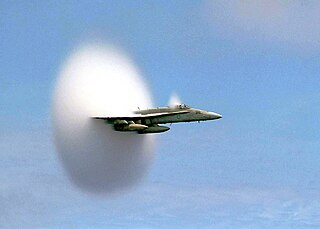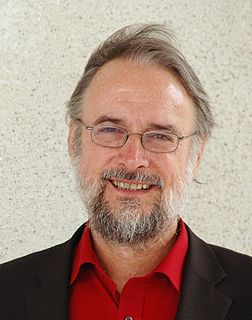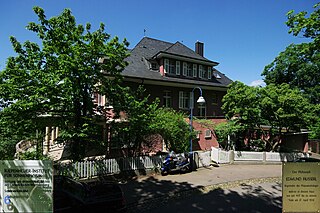
The Fraunhofer Institute for High-Speed Dynamics (German: Fraunhofer-Institut für Kurzzeitdynamik), commonly known as the Ernst Mach Institute and also by the abbreviation Fraunhofer EMI, is a facility of the Fraunhofer Society in Germany. The Institute is based in Freiburg im Breisgau. Its activities are applied research and development in the fields of materials science and high-speed measurement techniques. The Institute also has offices in Efringen-Kirchen and Kandern.
The Fraunhofer-Gesellschaft is a German research organization with 72 institutes spread throughout Germany, each focusing on different fields of applied science. With over 25,000 employees, mainly scientists and engineers and with an annual research budget of about €2.3 billion it is the biggest organization for applied research and development services in Europe.

Freiburg im Breisgau is a city in Baden-Württemberg, Germany, with a population of about 220,000. In the south-west of the country, it straddles the Dreisam river, at the foot of the Schlossberg. Historically, the city has acted as the hub of the Breisgau region on the western edge of the Black Forest in the Upper Rhine Plain. A famous old German university town, and archiepiscopal seat, Freiburg was incorporated in the early twelfth century and developed into a major commercial, intellectual, and ecclesiastical center of the upper Rhine region. The city is known for its medieval minster and Renaissance university, as well as for its high standard of living and advanced environmental practices. The city is situated in the heart of the major Baden wine-growing region and serves as the primary tourist entry point to the scenic beauty of the Black Forest. According to meteorological statistics, the city is the sunniest and warmest in Germany, and held the all-time German temperature record of 40.2 °C (104.4 °F) from 2003 to 2015.

The interdisciplinary field of materials science, also commonly termed materials science and engineering is the design and discovery of new materials, particularly solids. The intellectual origins of materials science stem from the Enlightenment, when researchers began to use analytical thinking from chemistry, physics, and engineering to understand ancient, phenomenological observations in metallurgy and mineralogy. Materials science still incorporates elements of physics, chemistry, and engineering. As such, the field was long considered by academic institutions as a sub-field of these related fields. Beginning in the 1940s, materials science began to be more widely recognized as a specific and distinct field of science and engineering, and major technical universities around the world created dedicated schools of the study, within either the Science or Engineering schools, hence the naming.
The name "Ernst Mach Institute" is named for the physicist Ernst Mach (1838-1916), who first used high-speed photography to visualize ballistic and gas-dynamic processes.
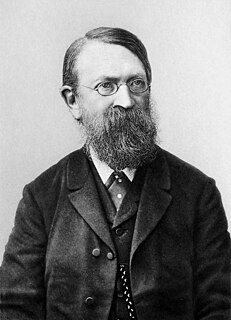
Ernst Waldfried Josef Wenzel Mach was an Austrian physicist and philosopher, noted for his contributions to physics such as study of shock waves. The ratio of one's speed to that of sound is named the Mach number in his honor. As a philosopher of science, he was a major influence on logical positivism and American pragmatism. Through his criticism of Newton's theories of space and time, he foreshadowed Einstein's theory of relativity.
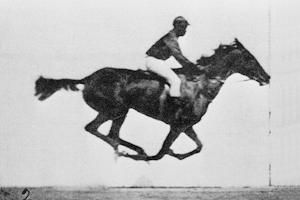
High-speed photography is the science of taking pictures of very fast phenomena. In 1948, the Society of Motion Picture and Television Engineers (SMPTE) defined high-speed photography as any set of photographs captured by a camera capable of 69 frames per second or greater, and of at least three consecutive frames. High-speed photography can be considered to be the opposite of time-lapse photography.


